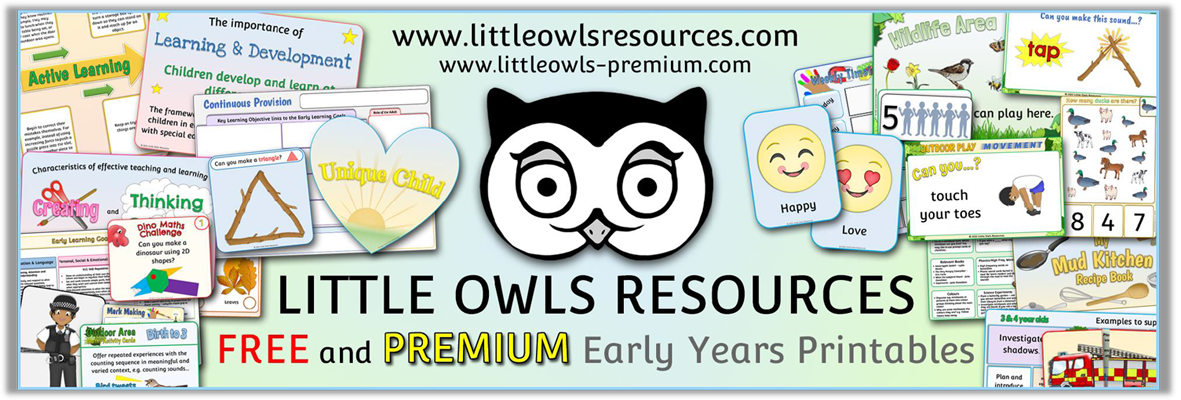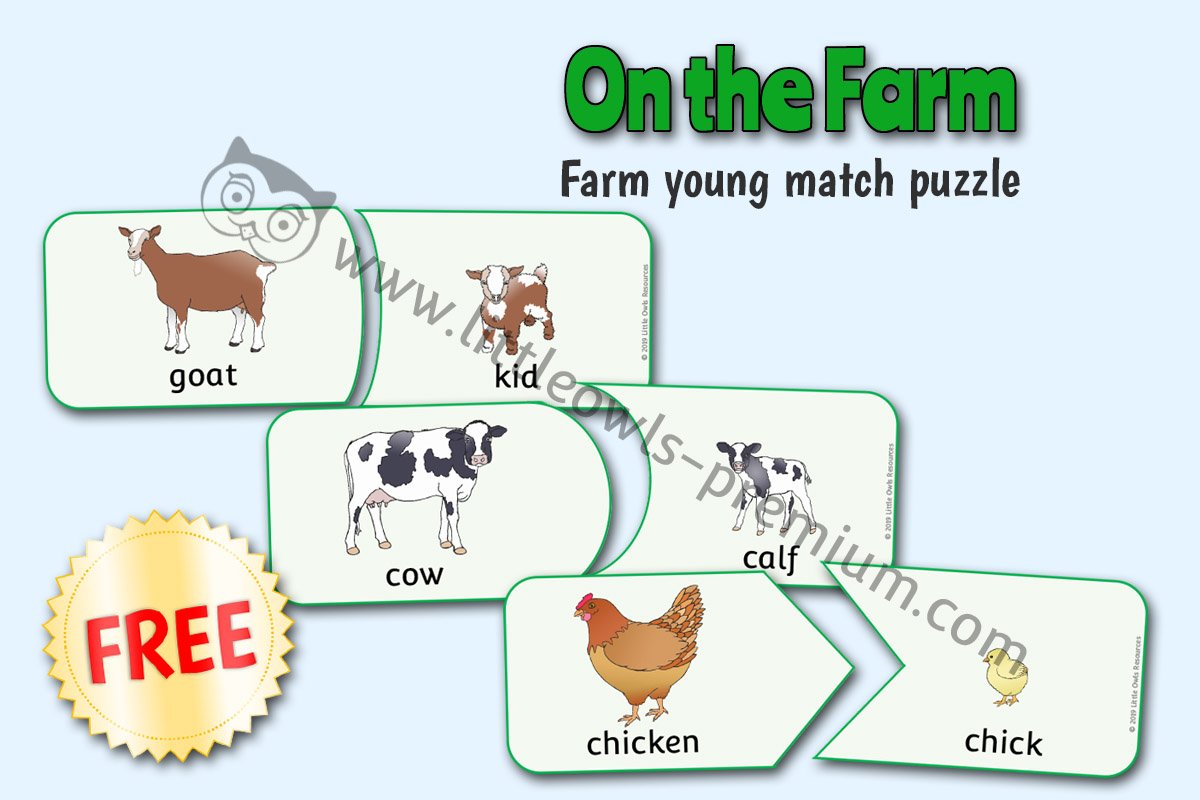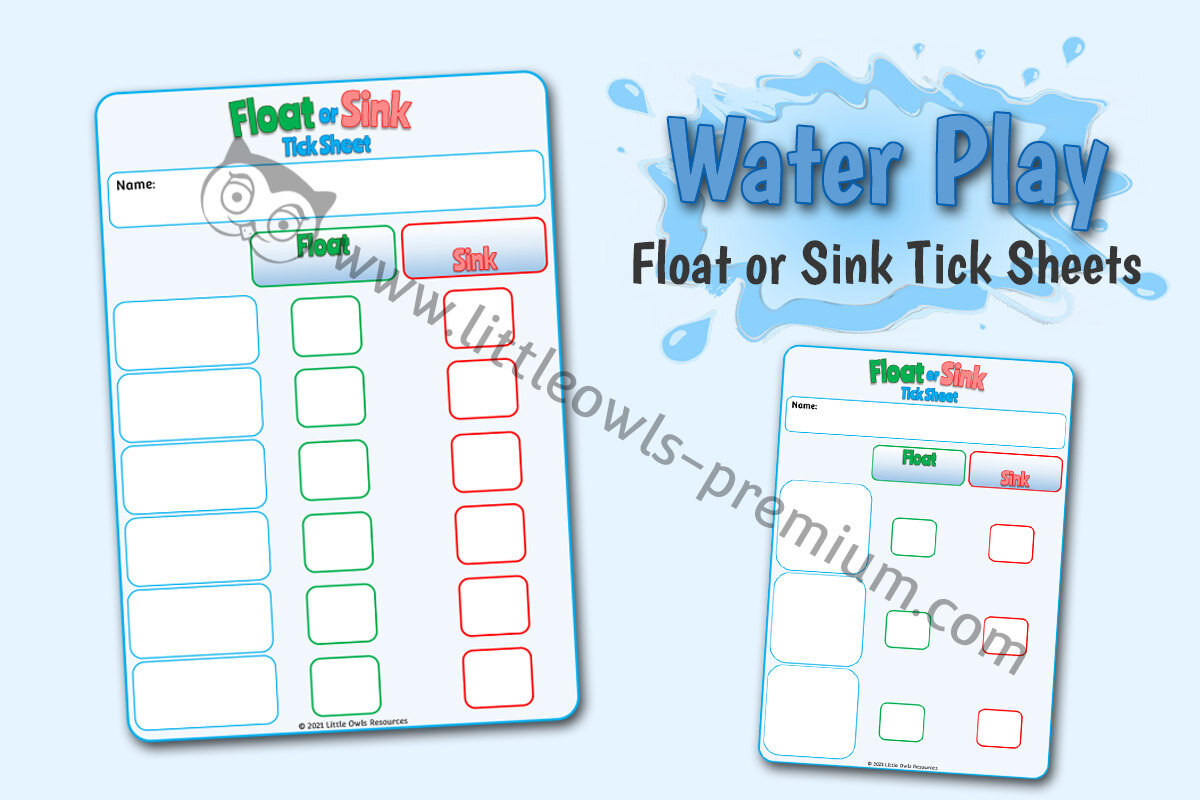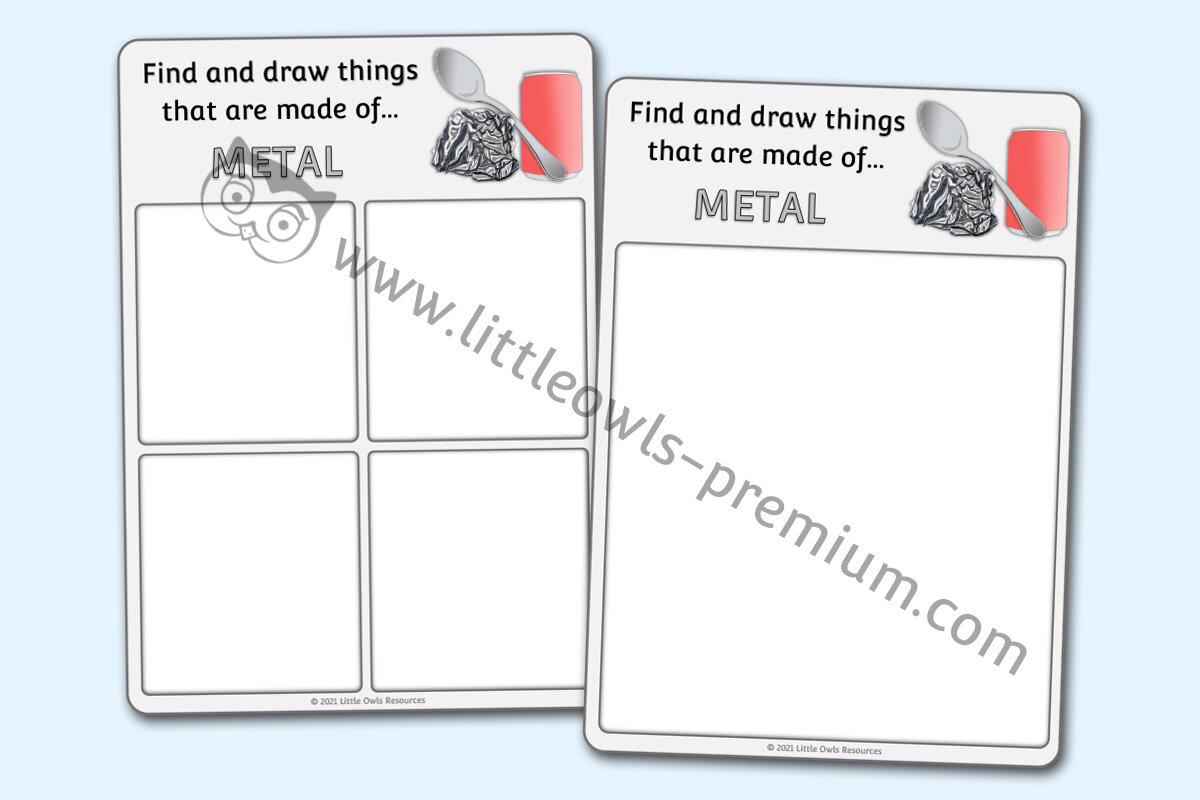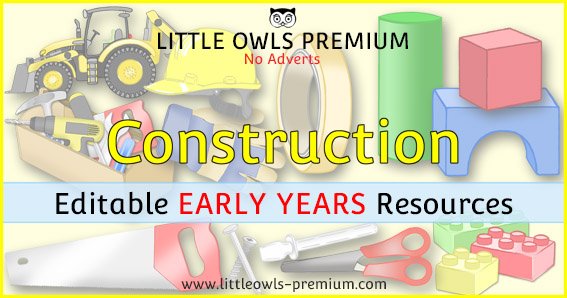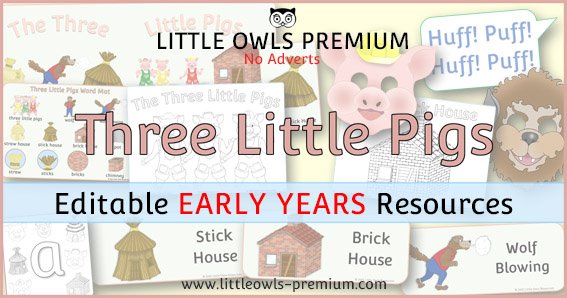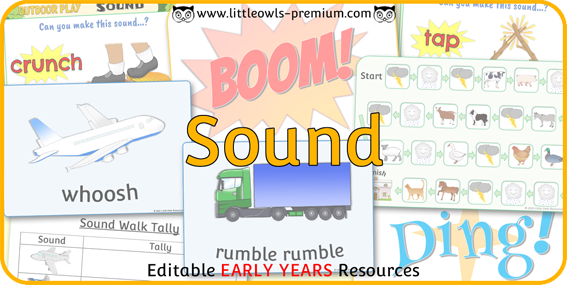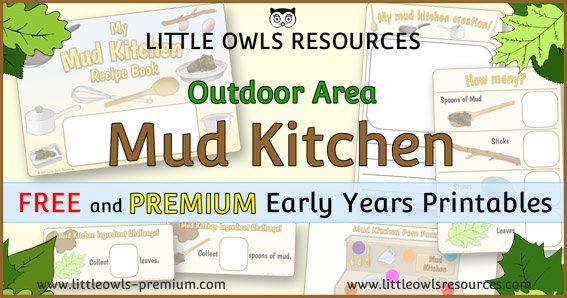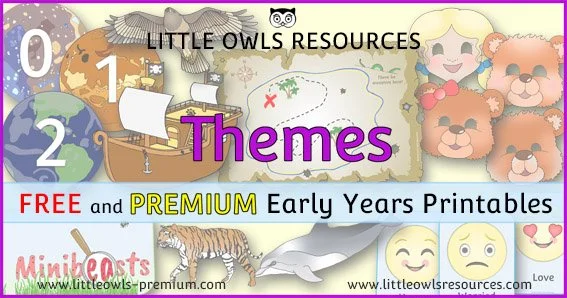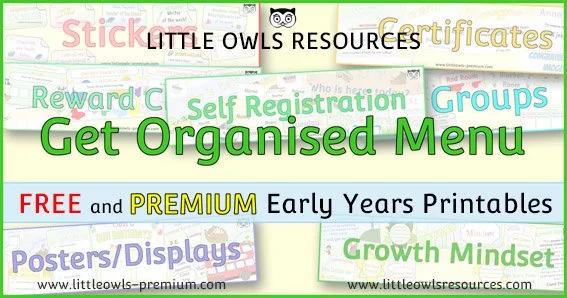Science - EYFS/Early Years activities, displays and ideas
SECTIONS ON THIS PAGE:
Free sample resources
Science and ‘Development Matters’
‘Science Activity Packs’
Science Banners
STEM (Science, Technology, Engineering and Mathematics)
Science areas
Dinosaurs
Float/Sink
Gravity & Movement/Forces
Inventions
Light/Dark/Shadows
Living Things
Materials
Medicine/Health
Seasons
Spring
Summer
Autumn
Winter
Senses - coming soon!
Solids/Liquids/Gases
Sound
Space
The Environment
The Human Body (New!) /This is Me
Weather
Outdoor Area
Related special dates - British Science Week - World Science Day (Scroll down to find out more)
If you are not a member already, become a ‘Free Access’ member here. This will give you access to resources within the ‘Free Sample Resources’ sections at the top of most pages and ‘Special Dates Calendars’. Some whole topics are even free! Find out more about all of our membership options here. If you are already a member… thank-you! x
Please note that both Editable (docx file) and non-editable (pdf file) versions are available for our ‘Science’ resources. (Editable files require Microsoft Word to work at optimum level and Non-Editable files require a pdf viewer.)
Science & ‘Development Matters’
(Development Matters: ‘Understanding the World’ ELG: The Natural World)
When considering the EYFS Statutory Framework, Science largely falls under the heading ‘Understanding the World’.
The main Development Matters statements which consider the various areas of scientific exploration, investigation and discovery are as follows:
Birth to 3
Repeat actions that have an effect.
Explore materials with different properties.
Explore natural materials, indoors and outside.
Explore and respond to different natural phenomena in their setting and on trips.
3 & 4 Year Olds
Use all their senses in hands on exploration of natural materials.
Explore collections of materials with similar and/or different properties.
Talk about what they see, using a wide vocabulary.
Explore how things work.
Plant seeds and care for growing plants.
Understand the key features of the life cycle of a plant and an animal.
Begin to understand the need to respect and care for the natural environment and all living things.
Explore and talk about different forces they can feel.
Talk about the differences between materials and changes they notice.
Reception
Explore the natural world around them.
Describe what they see, hear and feel whilst outside.
Recognise some environments that are different from the one in which they live.
Understand the effect of changing seasons on the natural world around them.
ELG: The Natural World
Children at the expected level of development will:
Explore the natural world around them, making observations and drawing pictures of animals and plants.
Know some similarities and differences between the natural world around them and contrasting environments, drawing on their experiences and what has been read in class.
Understand some important processes and changes in the natural world around them, including the seasons and changing states of matter.
In the following sections, click on the thumbnail images below for further details…
Science Activity Packs
Science Banners
STEM - Science, Technology, Engineering & Mathematics
Science areas
Dinosaurs
Float/Sink
Gravity & Movement/Forces
Inventions
Light/Dark/Shadows
Living Things
Materials
Medicine/Health
Seasons
Senses - Coming soon!
Solids/Liquids/Gases
Sound
Space
The Human Body/This is Me
The Environment
Weather
Outdoor Area
Related Special Dates
British Science Week
British Science Week is a ‘ten-day celebration of science, technology, engineering and maths’. It is a chance to focus on mathematics or engage the children’s interests in scientific topics such as Minibeasts, Animals, Life Cycles, Dinosaurs, Space exploration, Science Experiments and more! The theme this year (2025) is ‘Change and Adapt’.
The British Science Week website also has a page containing some great activities! Click HERE.
World Science Day for Peace and Development (World Science Day)
World Science Day, officially known as World Science Day for Peace and Development, is an international day celebrated annually on November 10th. Established by UNESCO (the United Nations Educational, Scientific and Cultural Organisation), it aims to highlight the crucial role science plays in society and the need to engage the wider public in discussions about emerging scientific issues.
The main educational thrust of World Science Day is to demonstrate the relevance of science in our daily lives and to inspire curiosity, critical thinking, and a sense of wonder about the natural world. It encourages children to ask questions, explore, and understand how scientific discoveries contribute to peace, sustainable development, and a better future for everyone, both locally and globally. It promotes the idea that science is not just for scientists in labs, but something that impacts and can be explored by everyone.
Activities for EYFS and KS1 Practitioners and Parents:
Here are some hands-on and engaging activities to celebrate World Science Day with young children, fostering their natural curiosity and scientific thinking:
Sensory Science Stations: Set up different stations where children can explore materials with their senses. Examples include:
"Feely Box": Fill a box with various textured objects (smooth, rough, soft, hard) for children to explore by touch.
Sound Bottles: Fill clear bottles with different materials (rice, pasta, beads) to create various sounds when shaken.
Scent Jars: Put cotton balls soaked in different safe, familiar scents (lemon, vanilla, cinnamon) in jars for children to smell.
"What Floats, What Sinks?": Provide a tub of water and a collection of various small objects (leaves, stones, sponges, plastic toys, paper clips). Encourage children to predict whether each item will float or sink, then test their predictions. Discuss why some things float and others sink in simple terms (e.g., "heavy" vs. "light" for water).
Colour Mixing Magic: Using primary coloured paints or food colouring in water, let children experiment with mixing colours to create new ones. This is a simple introduction to chemistry and observation. "Walking Water" experiments (using paper towels to draw coloured water from one cup to another) are also very engaging.
Nature Exploration/Minibeast Hunt: Take children outdoors to observe the natural world. Look for minibeasts, identify different plants, or collect natural objects (leaves, twigs, stones) for a nature collage. Encourage questions like "What do you notice?", "Where do these live?", "What do they eat?".
Simple "Fizz" Experiments:
Baking Soda & Vinegar: A classic! Put a tablespoon of baking soda in a tray, then slowly add vinegar using a dropper or spoon to watch it fizz. Add a drop of food colouring for extra fun.
Volcanoes: You can make a simple volcano using a small plastic bottle, playdough, baking soda, and vinegar with a squirt of washing-up liquid.
Magnifying Glass Exploration: Provide magnifying glasses for children to examine everyday objects up close – their fingerprints, leaves, fabric, or even a crumb on the floor. This encourages detailed observation.
Shadow Play: On a sunny day, explore shadows. How do they change size and shape? Can children make their own shadows bigger or smaller? Can they make animal shadows with their hands?
Grow a Seed: Plant a simple seed (e.g., a bean seed in a clear cup with damp cotton wool or soil). Children can observe the process of germination and growth over time, learning about living things and what they need to thrive.
Building Challenges with Materials: Provide various building materials (blocks, LEGO, recycled cardboard boxes, paper) and challenge children to build something that stands tall, or a bridge that can hold a toy car. This introduces basic engineering and physics concepts.
Official World Science Day Website: For more information about World Science Day for Peace and Development, including themes and resources, please visit the official UNESCO page: www.unesco.org/en/days/science-peace-development
